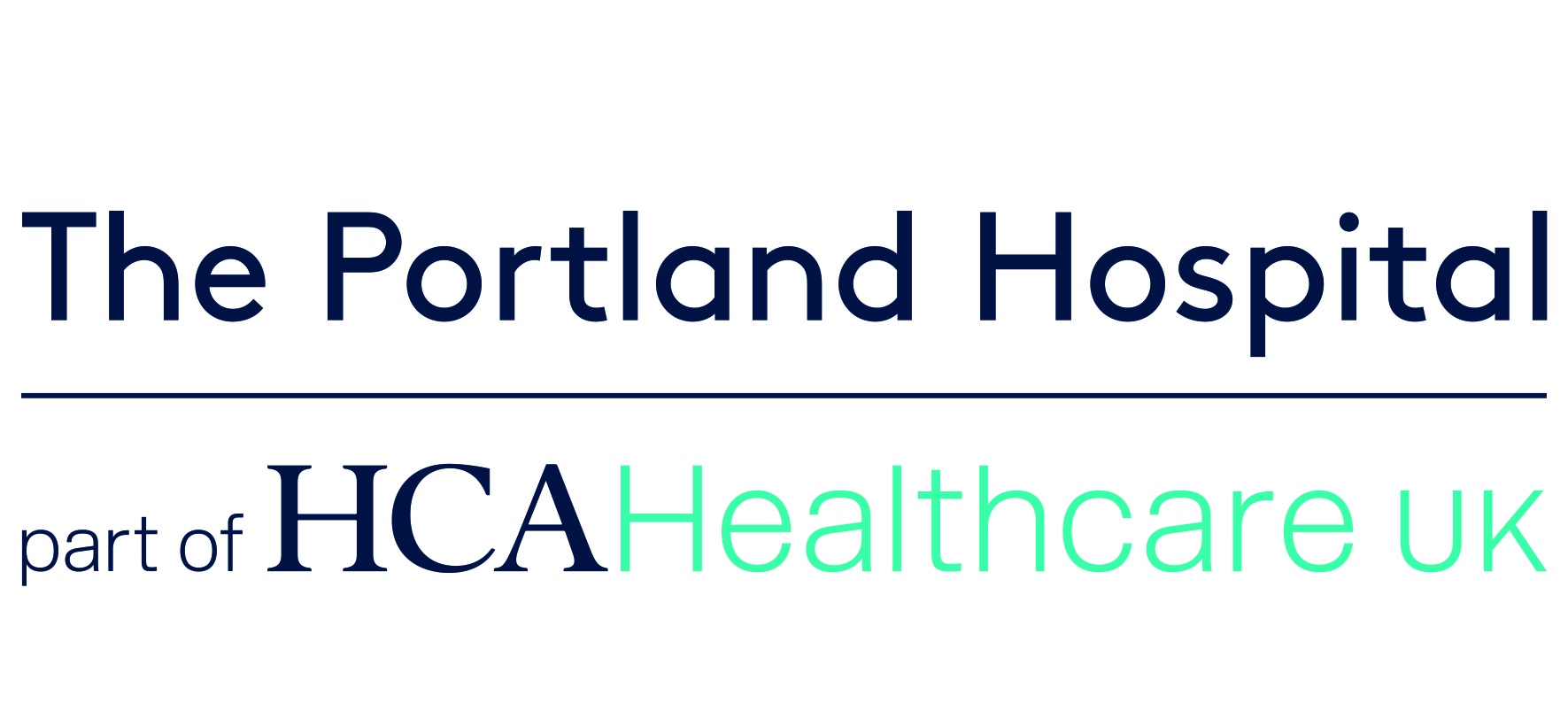
SYMPTOMS OF DVT/PE
DVT: -
The symptoms of a DVT usually occur in only one leg and include:
A red-hot swollen legDuring pregnancy, swelling and discomfort in both legs is common and does not always mean there is a problem. Always ask your midwife/consultant if you are concerned.
PE: -
Sudden unexplained difficulty in breathingSeek advice immediately from your doctor/midwife if you notice any of these symptoms.
Your risk of venous thrombosis in pregnancy, is increased further if any of the following apply to you.
You can reduce your risk of venous thrombosis by losing weight before pregnancy if you are overweight and stopping smoking. Also, by keeping as active as possible, staying well hydrated and wearing compression stockings. You will have a risk assessment during pregnancy and after you have had your baby, during which your doctor or midwife will ask whether you have any of the risk factors above. This helps to decide whether you would benefit from preventive treatment (Low Molecular Weight Heparin). This will depend on which risk factors you have and how many.
Low Molecular Weight Heparin (LMWH), is an anticoagulant used to thin the blood (normally Dalteparin/Enoxaparin), it is given as an injection under the skin at the same time(s) every day. The dose is worked out for you according to your weight before you became pregnant. You (or a family member) will be shown how and where in your body to do the injections. You will be provided with the needles and syringes (usually already made up) and you will be advised on how to store and dispose of these.
LMWH cannot cross the placenta to the baby and so it is safe to take during pregnancy.
You many experience some bruising where you inject the heparin which will usually fade in a few days. One or two women in every 100 (1-2%) will have an allergic reaction when they inject. If you notice a rash after injecting, you should inform your doctor.
Risk Assessment
If you have previously had a DVT or PE of have a thrombophilia, your GP can arrange a hospital appointment with a doctor who specialises in thrombosis in pregnancy. It is important that if you are taking warfarin to treat or prevent venous thrombosis, that it is changed to LMWH, as warfarin is harmful to your unborn baby. You may be required to start LMWH with first positive pregnancy test, if you have had any of the conditions above.
A risk assessment will be carried out at your first antenatal booking appointment and at 28 weeks or pregnancy. You will also be risk assessed if admitted to hospital during your pregnancy. Sometimes, treatment may be recommended for the whole of your pregnancy and for up to 6 weeks after delivery.
A risk assessment will be carried out when you are admitted to hospital and also after your baby is born. You may be advised to have LMWH for 10 days or sometimes for six weeks after delivery. If you were on LMWH during pregnancy, you will be advised to continue this for six weeks afterwards. If you were previously taking warfarin, you can change back to warfarin usually 3 days after birth.
If you think that you are going into labour, do not take any more injections. Phone the hospital immediately and tell them that you are on heparin treatment. They will advise you. If the plan is to induce labour or caesarean birth, you should stop your injections 24 hours before the planned date. An epidural/spinal injection (given into the space around the nerves in your back) cannot usually be given until 24 hours after your last heparin injection. Alternative pain relief options will be discussed. An individual plan will be made with you. If you require LMWH post-delivery this will be started six hours after birth.
Both LMWH and warfarin are safe when breastfeeding.
For a list of useful contact details for The Portland Hospital, please click HERE.
